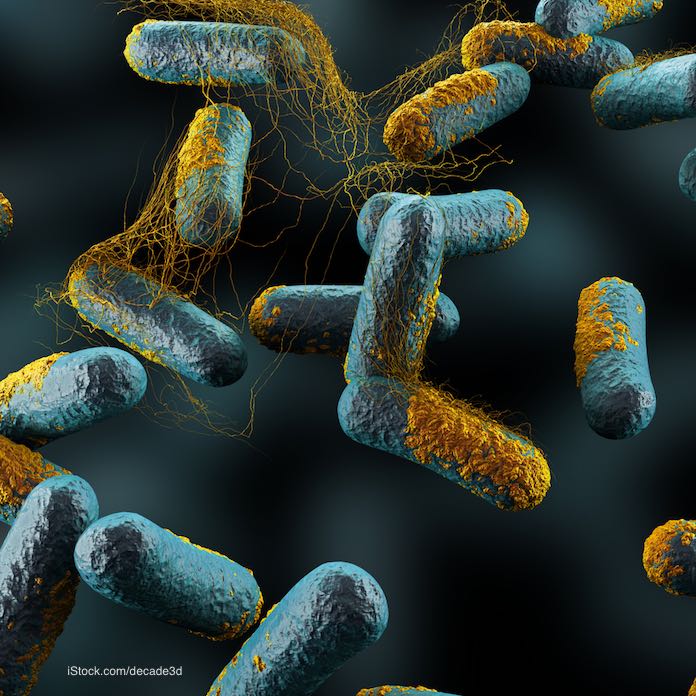An outbreak at the Ramsey County jail last week sickened more than 100 inmates, according to Doug Schulz, Information Officer for the Minnesota Department of Health. There were probably no hospitalizations in this outbreak.

According to Schulz, food testing is not complete, but he said that negative results won’t be meaningful, since food testing is difficult. Food trays were tested after the outbreak was reported to public health officials.
One stool sample was collected, but since it was collected long after recovery from the illness, the results will be limited. This sample is not being tested for the same pathogens the food trays were tested for.
MDH is not able to interview inmates, and officials probably won’t have any further details or answers than what is currently available. Illness information is collected by the medical staff at the jail. No stool kits were sent back to MDH from inmates.
Schulz. believes that the most likely scenario is that the outbreak was caused by bacterial toxins such as those produced by Clostridium perfringens. These toxins are produced by that bacteria when food is held too long at unsafe temperatures, between 40°F and 140°.
There have been Clostridium perfringens outbreaks in the past year. One, at the Rifle Rodeo in Garfield County, Colorado in early June 2017, sickened about 80 people. And a deadly Clostridium perfringens outbreak at the Antioch American Legion Thanksgiving in California last December sickened at least 25 people. Two people died. And an outbreak at Golden Ponds restaurant in New York, also last December, sickened more than 260 people.
Outbreaks caused by this toxin usually occur when food is made in large quantities. It is difficult to keep food safe when it is held in large containers, since the centers of those containers often fall into the temperature danger zone. Institutions such as prisons, schools, and restaurants are often at the center of these outbreaks.
The symptoms of Clostridium perfringens food poisoning include abdominal cramps and pain, stomach cramps, nausea, and diarrhea. The symptoms usually occur quickly, often with hours of exposure to the bacterial toxins.




